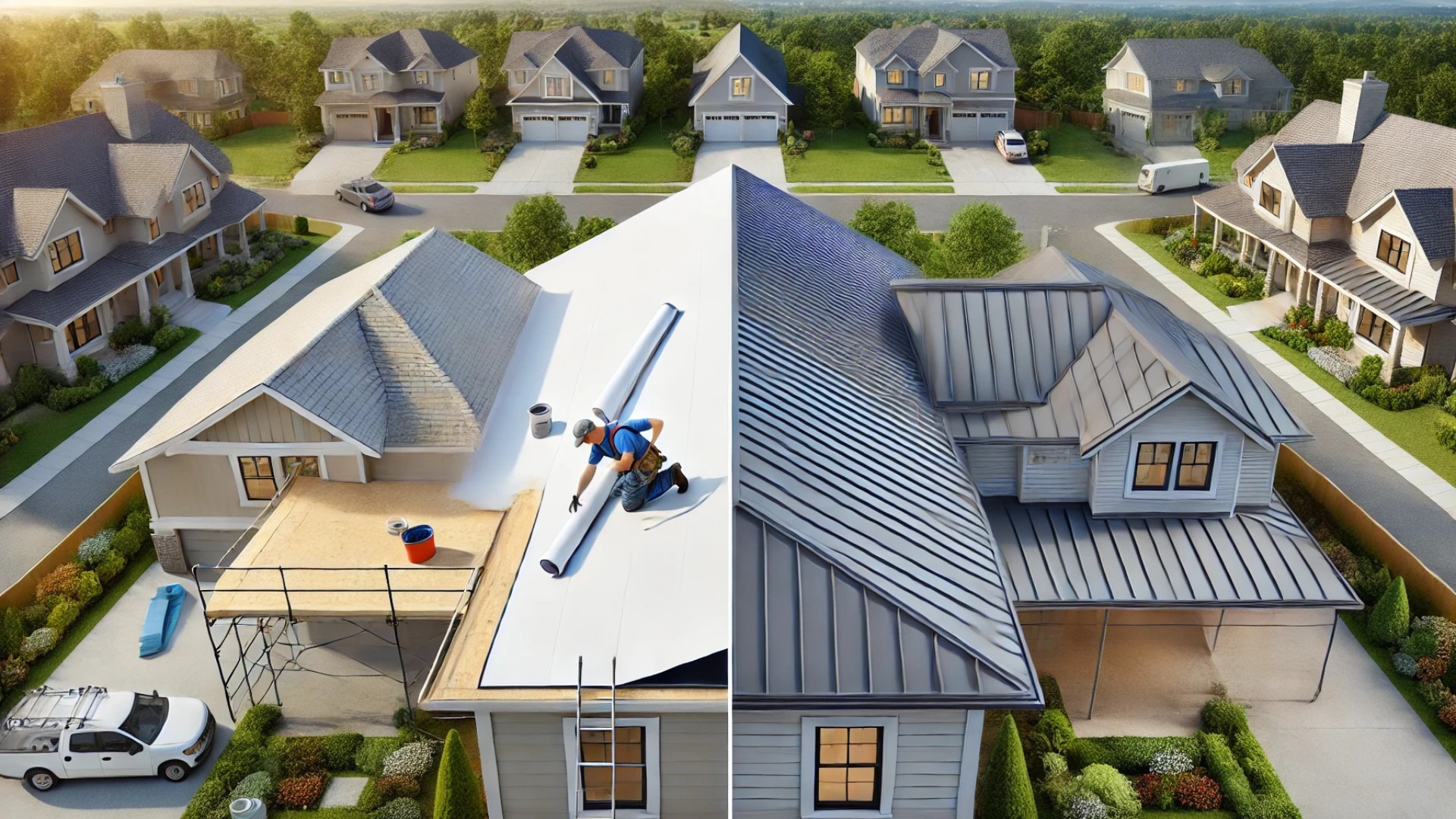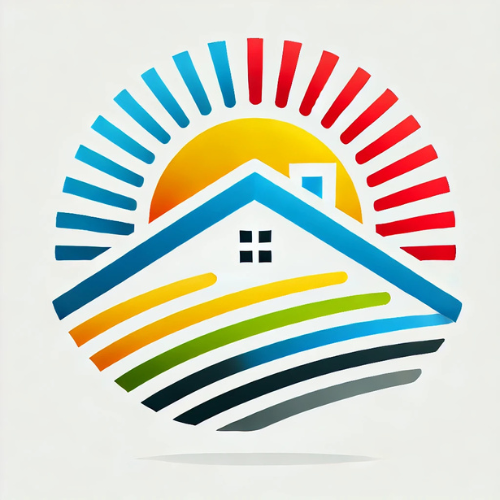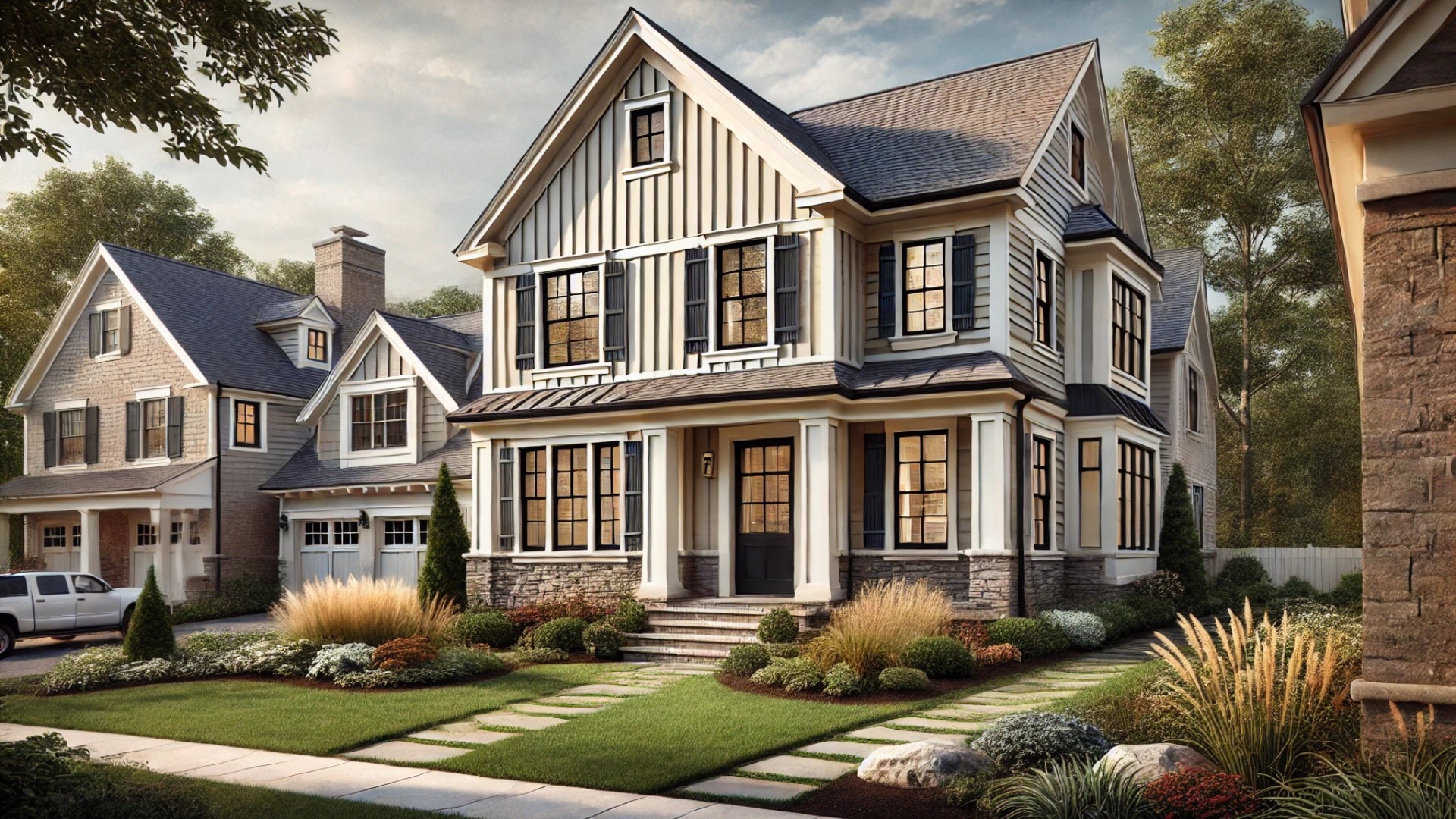
Understanding Low Slope vs Steep Slope Roofing Choices
When it comes to selecting roofing materials, one of the most critical decisions homeowners face is whether to install a low slope or steep slope roofing system. Both types present unique challenges that significantly influence durability, waterproofing, and overall performance. By understanding the specific requirements of low slope and steep slope roofs, property owners can make informed choices that protect their investment and enhance their property's value.
Waterproofing Challenges: The Low Slope Dilemma
Low-slope roofs, characterized by their minimal inclination, often face severe challenges related to water drainage. Unlike steep slope roofs that naturally direct rainfall away, low slope roofs require meticulous selection of roofing materials to ensure effective waterproofing. Membrane roofing options such as TPO (Thermoplastic Polyolefin), PVC (Polyvinyl Chloride), and EPDM (Ethylene Propylene Diene Monomer) provide seamless surfaces that adapt well to the unique contours of low slope design, significantly reducing the risk of ponding water and potential leaks.
Adapting to Weather Conditions: Steep Slope Strategies
The weather resistance of roofing materials becomes a primary concern for steep slope roofs. Exposed to higher winds and accumulated rainfall, steep slope roofs necessitate durable options that offer long-term performance. Metal roofing stands out as an excellent choice given its renowned resistance to rust and corrosion, providing peace of mind regarding maintenance and longevity in harsh climates. The careful selection of materials can substantially increase a roof's lifespan, reflecting a wise investment.
Wind Resistance: A Critical Factor for Roof Longevity
The structural integrity of roofs, especially low-slope types, is heavily influenced by wind conditions. Properly chosen materials can mitigate wind uplift risks, which is particularly vital in storm-prone regions. Modified bitumen and built-up roofing systems, designed for robust wind resistance, exemplify how building specifications influence installation choices. Homeowners must remember that common options such as shingles can exacerbate leakage issues when installed on low slope roofs, leading to costly repairs.
Choosing Insulation and Ventilation with Steep Slopes in Mind
The steep slope design accommodates airflow and insulation effectively, often featuring an attic space that can enhance heating and cooling efficiency. Materials like asphalt shingles and wood shakes are preferable selections, allowing for air circulation while contributing insulation benefits. Balancing insulation requirements with aesthetic considerations is essential, as steep roofs often play a significant role in a building's overall architectural appeal.
Aesthetic and Design: Why Details Matter
Both low slope and steep slope roofs play vital roles in determining a building's curb appeal and architectural integrity. Homeowners should evaluate how their choice of roofing material complements the design of their home while also fulfilling functional needs. Aesthetics should not overshadow the essential characteristics of the roofing material, as the ideal system must provide a balance between beauty and durability.
Conclusion and Next Steps
Choosing the right roofing material is far more than a matter of personal preference; it significantly affects the performance, aesthetics, and longevity of a building. For homeowners contemplating a roofing project, it’s crucial to rely on experienced professionals who understand the nuances of both low slope and steep slope options. Before making any decisions, consider reaching out for a detailed assessment of your roofing needs to ensure that you maximize both the function and beauty of your investment.
 Add Row
Add Row  Add
Add 


Write A Comment